Making sure your pup has the right harness is one of the best things you can do for their comfort, safety, and overall happiness. A harness that’s too tight can cause discomfort, while one that’s too loose could lead to escapes or injuries. But don’t worry—I’m here to walk you through how to measure your dog the right way so you can find the perfect fit!
Why a Good-Fitting Harness is So Important
Before we dive into the measuring process, let’s talk about why harness fit matters:
🐾 Safety First! – A well-fitted harness keeps your dog secure and prevents them from slipping out.
🐾 Comfort is Key – It distributes pressure evenly across their chest and shoulders, instead of pulling at their neck.
🐾 Better Control – Especially helpful if your dog pulls or is still in training.
🐾 Healthier for Your Dog – Avoids potential neck injuries that collars can cause, especially for small breeds or dogs prone to tracheal issues.
Now that you know why fit is so important, let’s grab a few things and get started!
What You’ll Need
✔️ A Soft Measuring Tape – Flexible and easy to wrap around your pup’s body.
✔️ A Notebook or Your Phone – To jot down the measurements.
✔️ A Few Treats – Because your dog deserves a little reward for standing still!
How to Measure Your Dog for a Harness
1. Measure the Chest Girth (Most Important!)
This is the most crucial measurement because harnesses are usually sized based on chest girth.
👉 Where to Measure: Find the widest part of your dog’s chest—this is typically right behind the front legs, around the ribcage.
👉 How to Measure: Wrap the tape measure around this area, making sure it’s snug but not tight. You should be able to slip two fingers between the tape and your dog’s body.
👉 Write it Down! This is the number you’ll use when picking out the right size.
2. Measure the Neck Circumference
Some harnesses include a neck strap, so you may need this measurement too.
👉 Where to Measure: Unlike collars, which sit high on the neck, harnesses sit lower, closer to the shoulders.
👉 How to Measure: Wrap the tape around the base of the neck, ensuring it’s comfortable but snug.
3. Measure the Back Length (If Needed)
For certain harness styles (like full-body harnesses), you might need this measurement.
👉 Where to Measure: Start at the base of the neck (where it meets the shoulders) and run the tape down to the base of the tail.
👉 Why This Matters: Some harnesses cover more of the back, and this measurement helps ensure a comfy fit.
Helpful Measuring Tips
🐶 Make sure your dog is standing – If they’re sitting or lying down, the measurements may not be accurate.
🐶 Double-check your work – Measure twice just to be sure!
🐶 Keep fur in mind – If your pup is extra fluffy, make sure you’re measuring close to the body, not just over the fur.
🐶 No measuring tape? No problem! – Use a string, then measure the string with a ruler.
Picking the Right Harness Size
Now that you have your measurements:
📌 Check the Manufacturer’s Size Chart – Each harness brand sizes their products differently, so always compare your pup’s numbers with their chart.
📌 Look for Adjustability – Some harnesses have adjustable straps to help fine-tune the fit.
📌 Plan for Growth – If you have a puppy, consider a harness that allows for some adjustment as they grow!
How to Tell If the Harness Fits Properly
Once you’ve got the harness, here’s how to check that it fits just right:
✅ The Two-Finger Rule – Slip two fingers between the harness and your dog. If it’s too tight, loosen it up. If it’s too loose, tighten the straps.
✅ Check for Chafing – Look under the arms and around the neck to make sure the harness isn’t rubbing or irritating your pup’s skin.
✅ Let Them Walk Around – A good harness should allow full movement without restricting their legs or shifting around.
✅ Watch for Escape Attempts – If your dog can wiggle out of the harness, it’s too loose!
Common Mistakes to Avoid
🚫 Guessing the Size – Don’t go by weight or breed alone. Always measure!
🚫 Ignoring Adjustability – A good harness should allow for some fine-tuning in the fit.
🚫 Not Checking Fit Over Time – Dogs grow, gain, or lose weight, so be sure to reassess the fit regularly.
Benefits of a Well-Fitted Harness
🐾 Easier Walks – No more pulling or slipping out!
🐾 More Comfort for Your Dog – No pressure on their throat.
🐾 Better Behavior – A comfortable harness can help reduce anxiety and encourage good leash manners.
Final Thoughts
Measuring your dog for a harness may seem like a small step, but it makes a huge difference in their comfort and safety. Taking a few minutes to measure properly will ensure you find the perfect harness, leading to happier walks and adventures together!
Need more help? Check out some of our top harness recommendations at Dogistry and find the best fit for your furry friend! 🐶💙











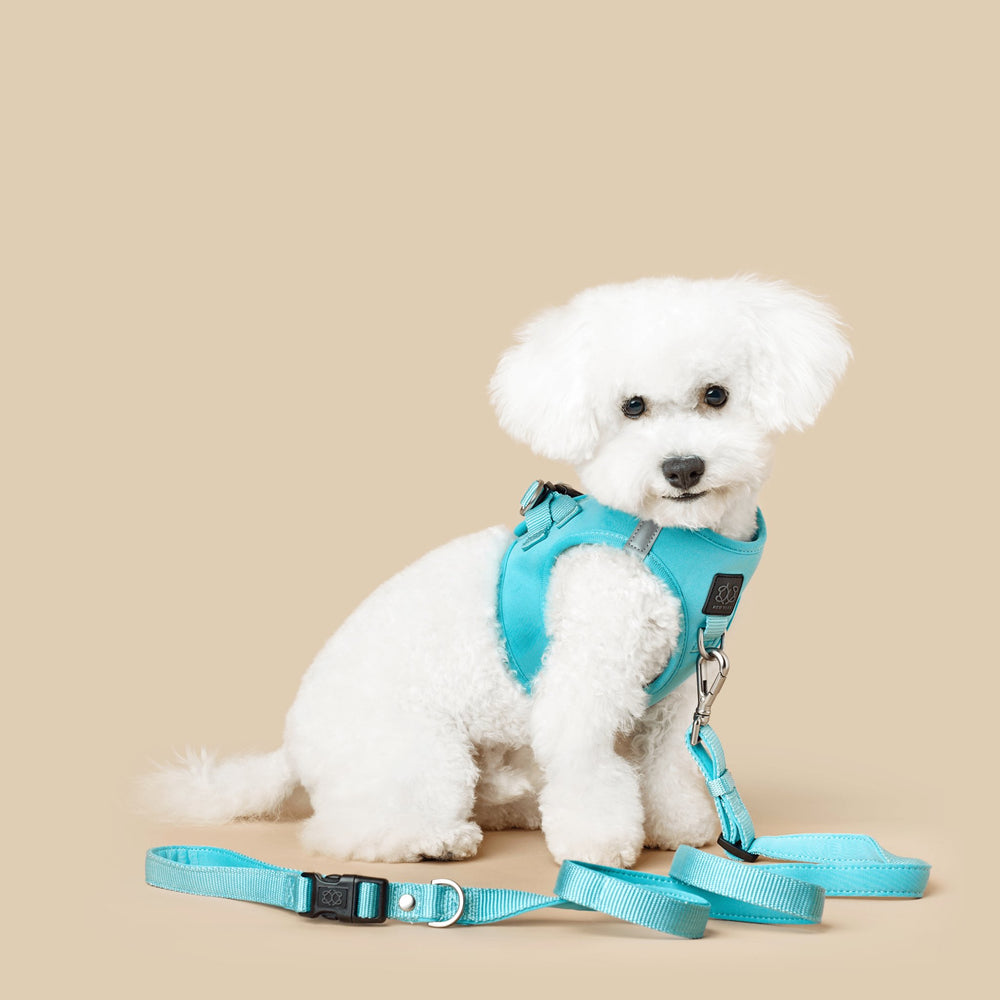
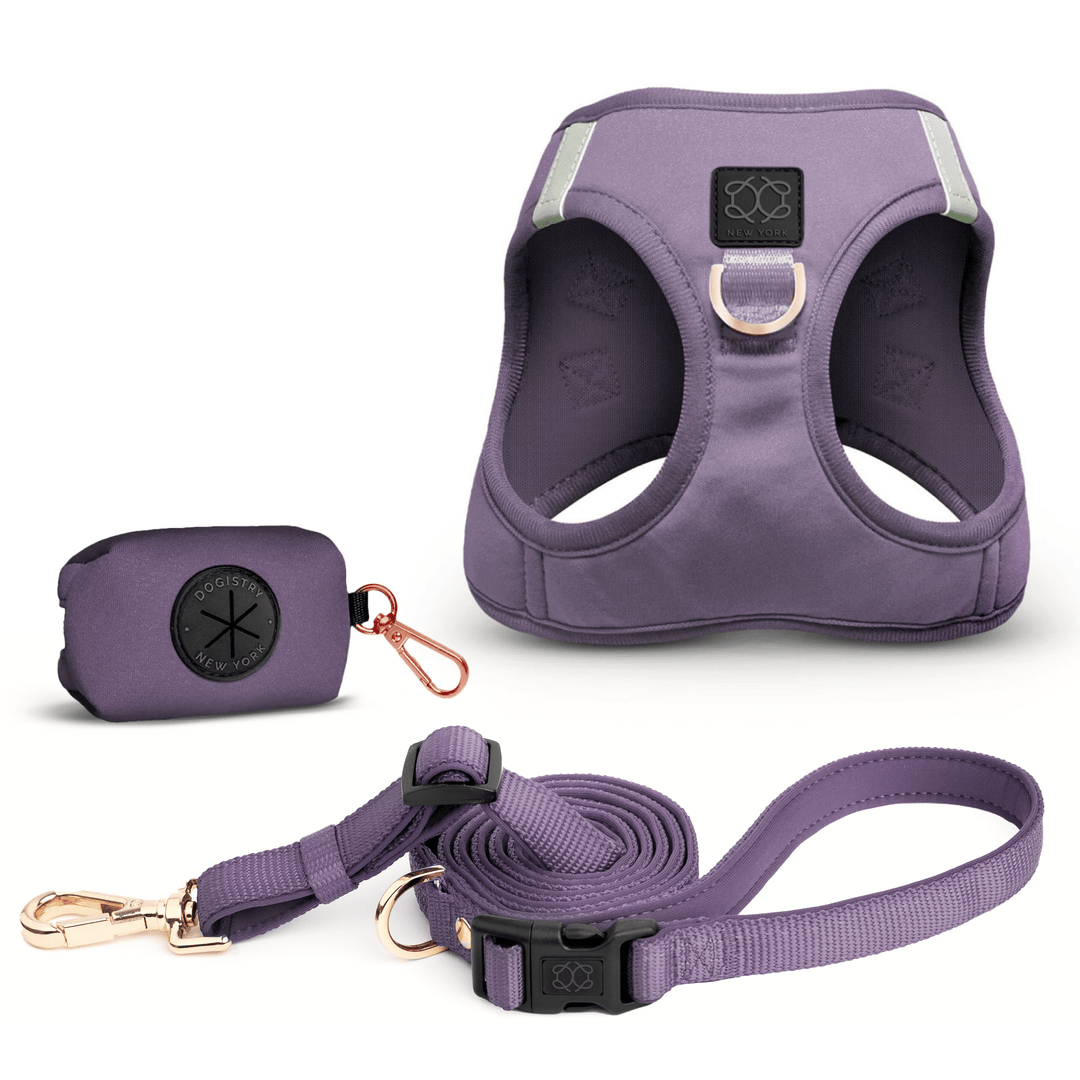
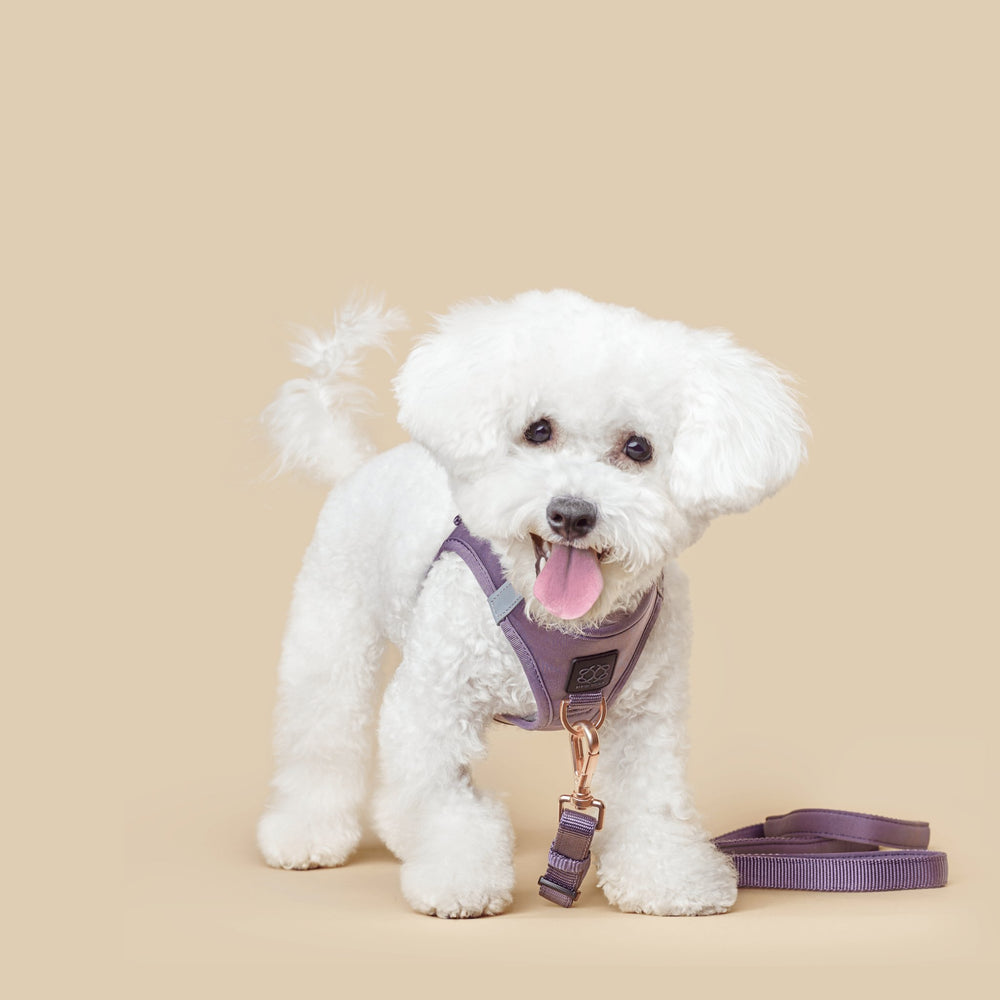
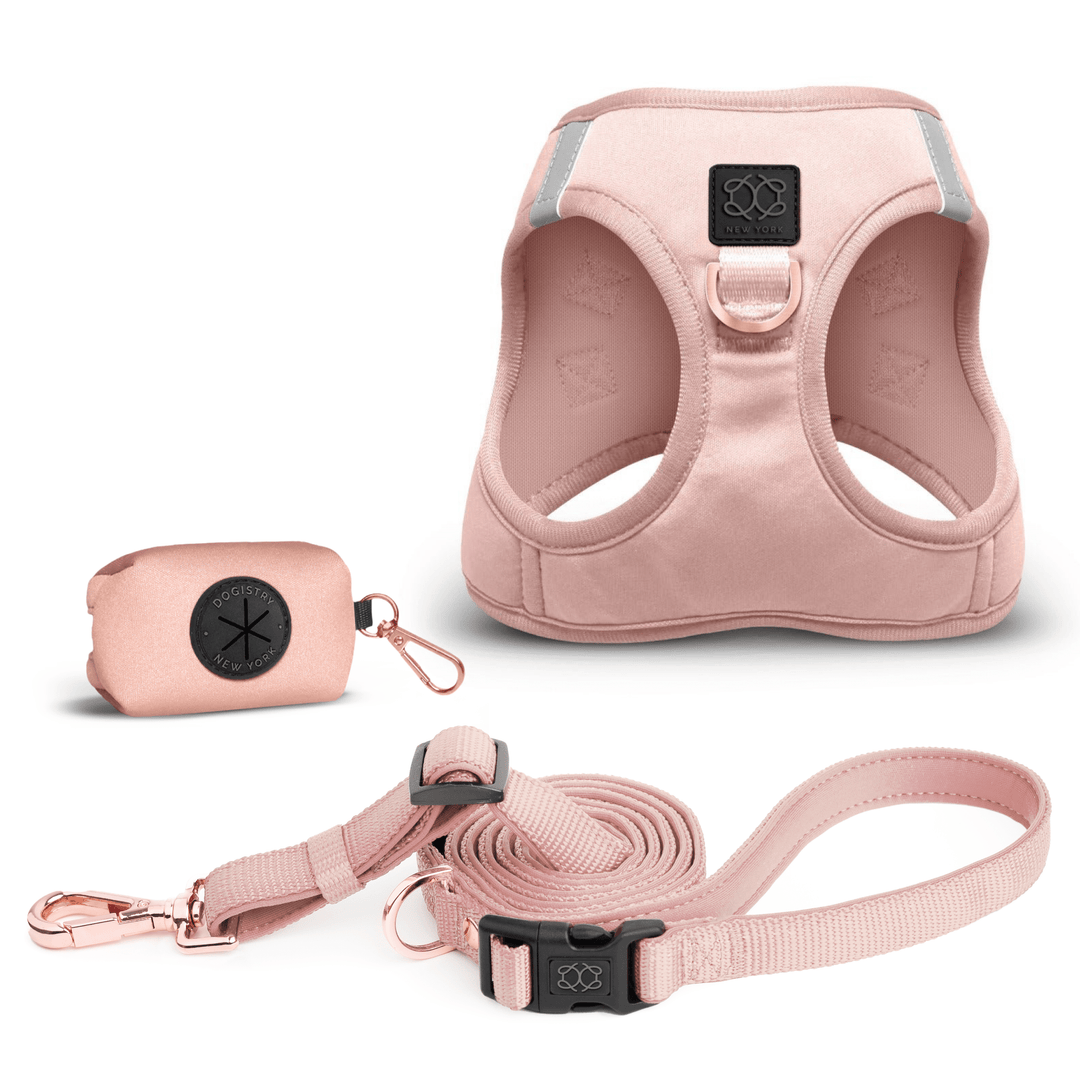
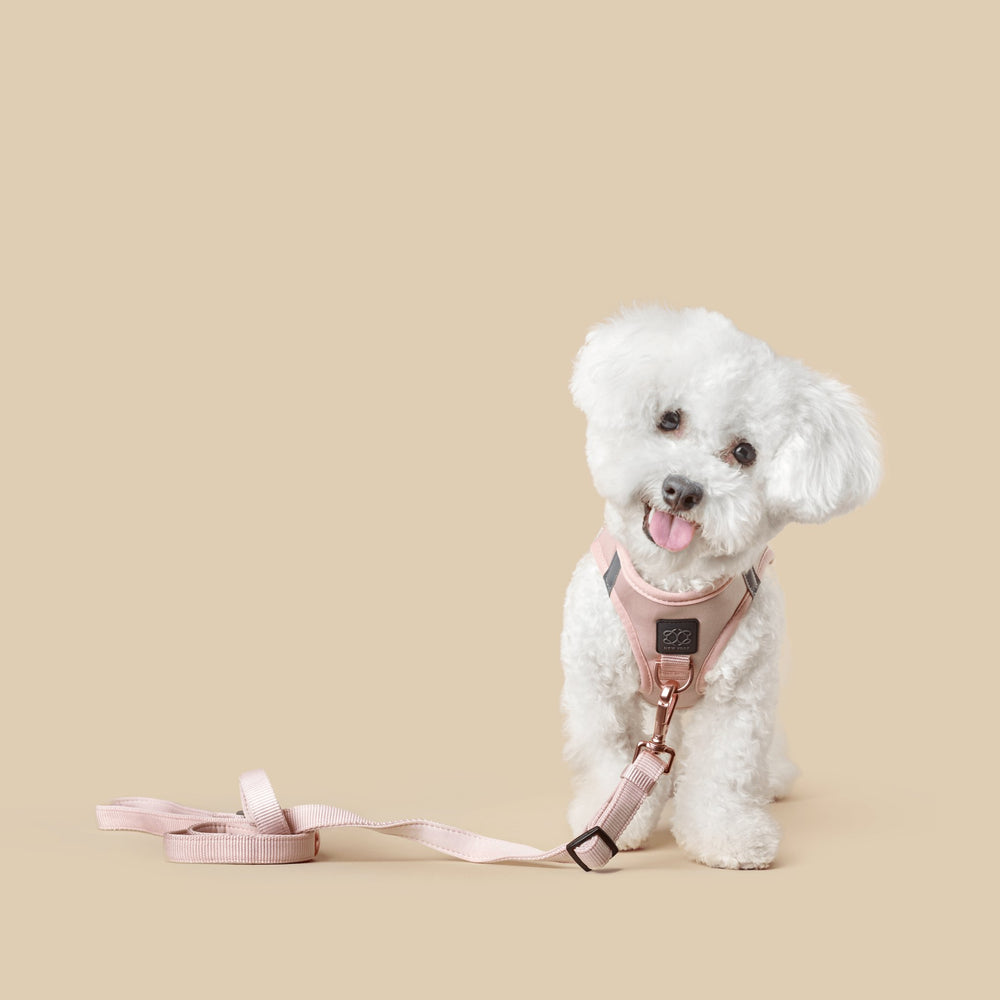


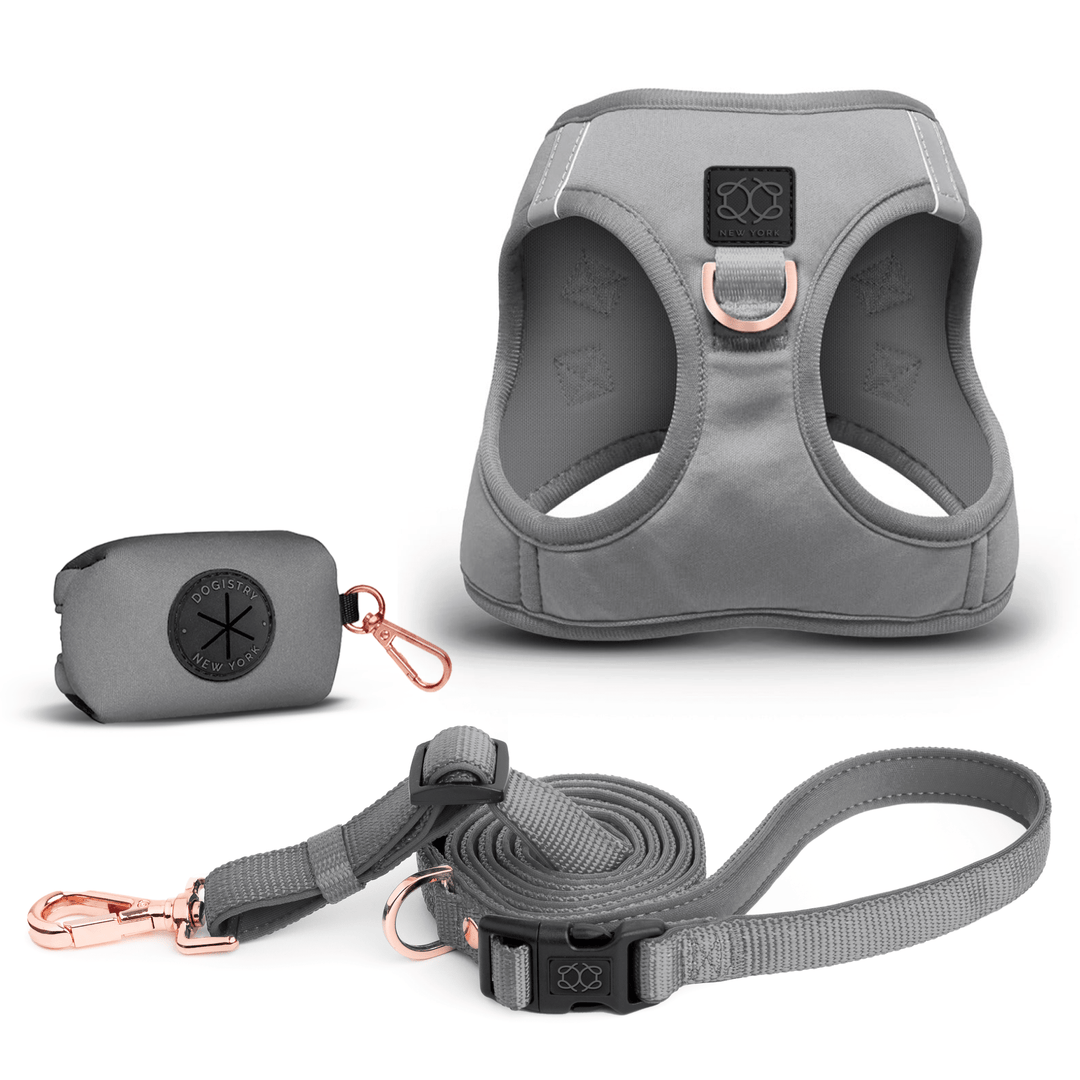
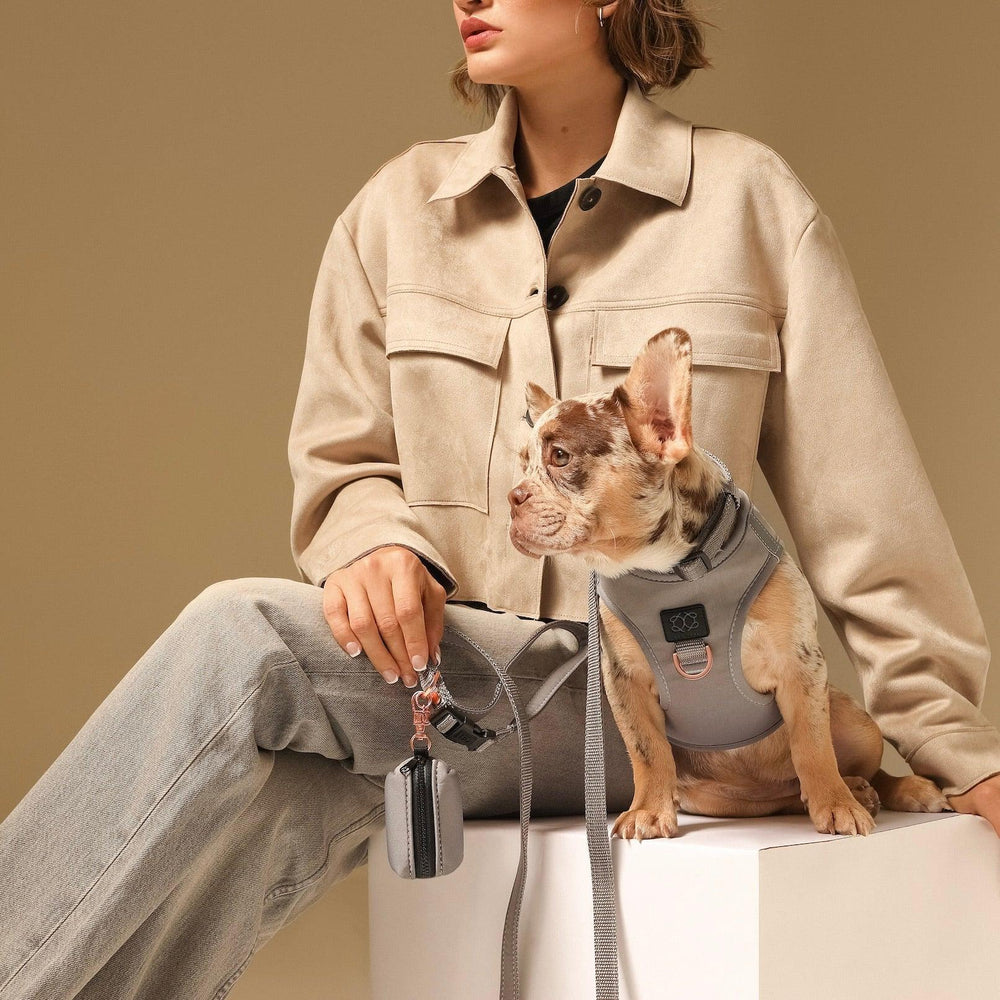

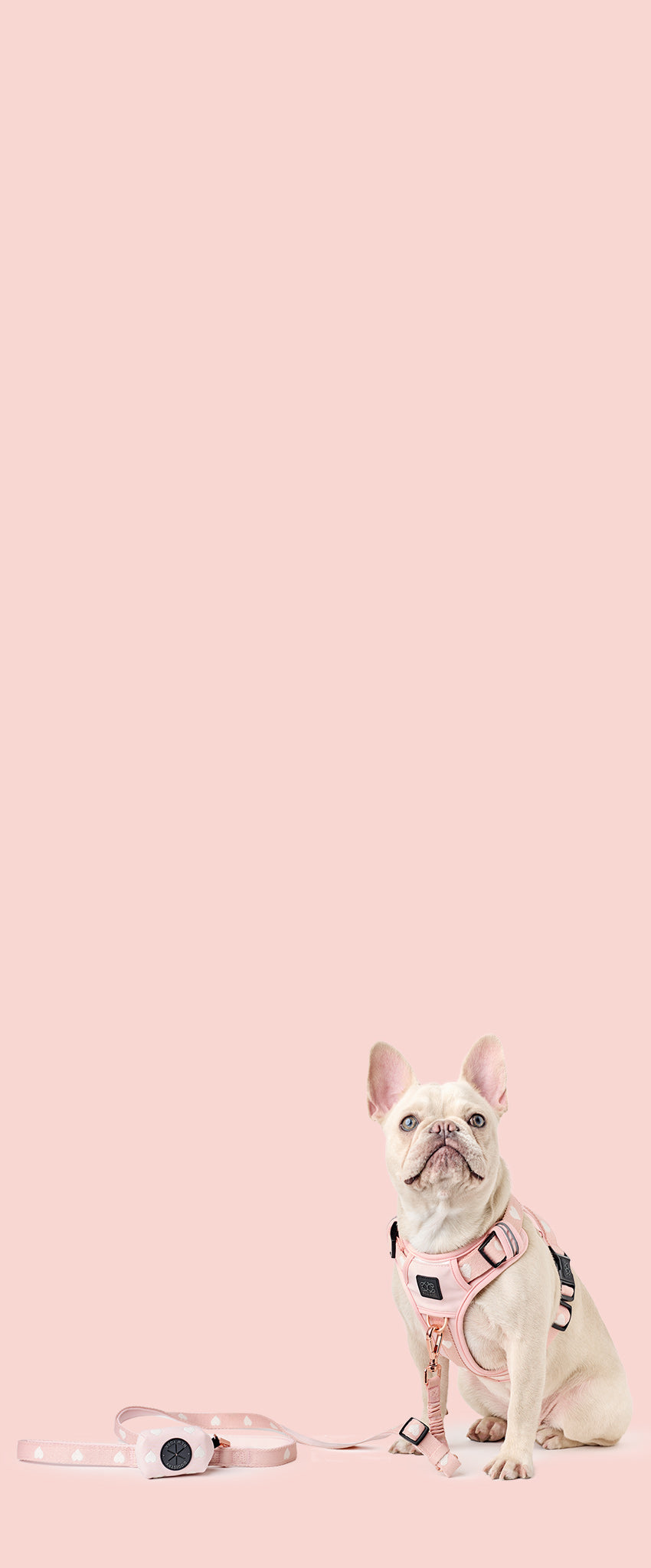
Leave a comment